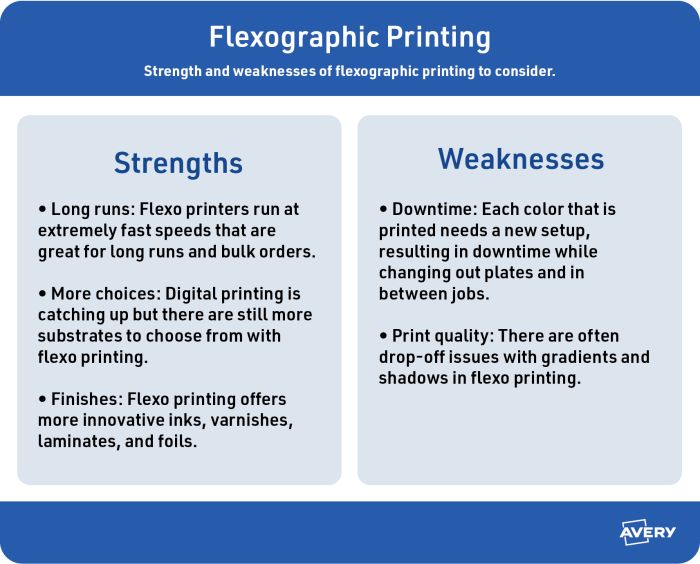The 2-Minute Rule for Digital Printing
Table of ContentsAn Unbiased View of Digital PrintingAn Unbiased View of Digital PrintingDigital Printing Can Be Fun For AnyoneThe Buzz on Digital Printing5 Simple Techniques For Digital PrintingThe Definitive Guide for Digital Printing
Variable information printing, such as straight mail with individualized codes and addresses, is preferably fit for electronic printing. Digital fast printing just needs four actions of style, evaluation, printing and binding to get everything done. Digital fast printing has an unrivaled benefit: print on demand.According to PMMI, digital printing allows brands and manufacturers to react rapidly to customer needs while improving the supply chain, reducing warehousing price and waste, and appreciating faster time to market. That all noises great, yet exactly how does this technology do all that? The major differentiator of these technologies is that there are no set-up costs and no plates with digital printing.
Examine This Report on Digital Printing
This results in quicker turn-around time and reduces expense when utilizing electronic printing.
Digital printing is highly adaptable, so it's very easy to make adjustments to the bundle design rapidly. It all goes back to the plates.
Much more stock can suggest even more waste later on. With conventional printing techniques, short-run printing is just not possible. Because an excellent design can make or break your item, electronic printing constantly produces high-grade, clear and colorful graphics each time. Digital printing on flexible pouches adds the intense, vivid, and specific graphics that virtually bid customers to connect and touch them.
Digital printing is the process of printing digital-based pictures directly onto a selection of media substratums. There is no need for a printing plate, unlike with countered printing. Digital documents such as PDFs or desktop computer posting data can be sent straight to the electronic printing machine to print theoretically, photo paper, canvas, textile, synthetics, cardstock and various other substrates.
How Digital Printing can Save You Time, Stress, and Money.
According to PMMI, digital printing enables brand names and producers to react swiftly to consumer demands while enhancing the supply chain, lowering warehousing cost and waste, and delighting in faster time to market. That all noises great, however exactly how does this technology do all that? The major differentiator of these modern technologies is that there are no set up fees and no plates with digital printing.
According to Wikipedia, the best difference between digital printing and standard approaches such as lithography, flexography, gravure, or letterpress is that there is no need to change printing plates in digital printing, whereas in these analog printing methods home plates are consistently changed. This causes quicker turn-around time and lowers expense when making use of electronic printing.

Some Ideas on Digital Printing You Need To Know
A lot more stock can imply more waste down the roadway. With standard printing approaches, short-run printing is simply not possible. Since a great layout can make or damage your item, digital printing regularly produces premium, clear and vibrant graphics each time. Digital printing on flexible bags includes the intense, lively, and exact graphics that virtually beckon customers to get to out and touch them.

According to PMMI, digital printing allows brands and manufacturers to respond swiftly to client needs while boosting the supply chain, minimizing warehousing cost and waste, and appreciating faster time to market. That all noises wonderful, but exactly how does this technology do all that? The significant differentiator of these modern technologies is that there are no set-up costs and no plates with electronic printing.
What Does Digital Printing Do?
According to Wikipedia, the best distinction between electronic printing and traditional techniques such as lithography, flexography, gravure, or letterpress is that there is no demand to replace printing plates in electronic printing, whereas in these analog printing methods home plates are continuously replaced. This causes quicker turnaround time and reduces price when using electronic printing.
Rapid manufacturing means obtaining your product to market much faster. It additionally means it's easier and faster to make changes later, when you transform a recipe, include a SKU, or develop seasonal packaging. Digital printing is highly adaptable, so it's easy to make modifications to the plan layout rapidly. Everything returns to the plates.

The Facts About Digital Printing Revealed
Digital printing is the process of printing digital-based photos straight onto a variety of media substratums. There is no need for a printing plate, unlike with balanced out content printing. Digital documents such as PDFs or desktop posting data can be sent directly to the digital printing check my blog press to publish on paper, picture paper, canvas, fabric, synthetics, cardstock and various other substrates.